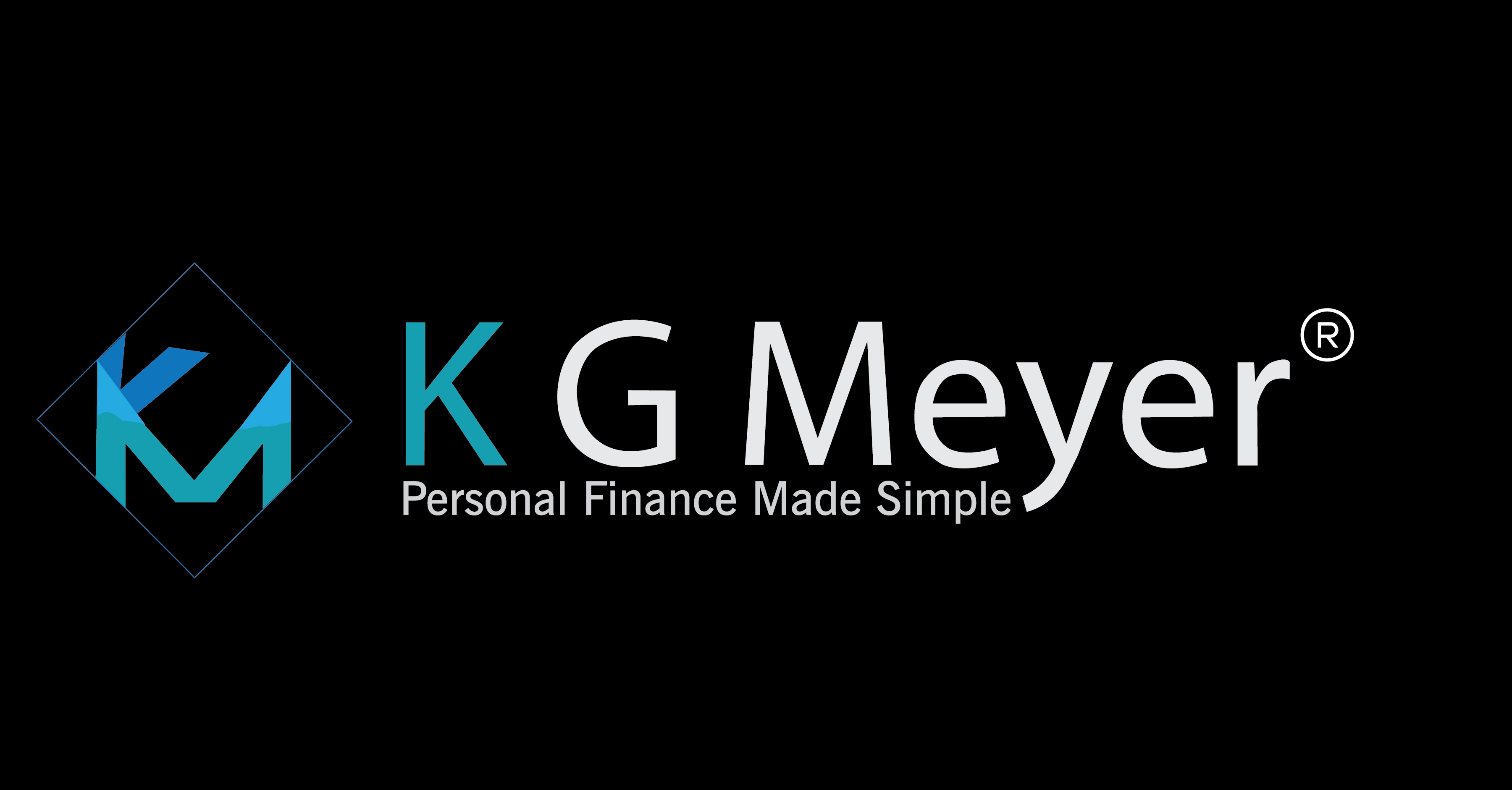If you want to achieve long-term financial stability, the number one skill you need to master is budgeting money. Many people will break out in a cold sweat when they face the prospect of developing a household budget. Still, it doesn’t have to be difficult or time-consuming, and making a realistic budget that you can stick to can mean the difference between financial success and failure.
If you choose to, you can invest in some software that will allow you to enter all your income and expenses, and the program will give you graphs showing you where you are financially. If you choose, you can get some lined paper and a pencil. The point is that when it comes to making your budget, the most important thing is just to get started.
Here are the steps you need to take to develop a comprehensive household budget:
- To figure out how much money you have to spend every month, you need to know exactly how much you have coming into your household every month. The first step is to figure out your household income. This step can be a little more challenging for those who earn a commission or get paid hourly, and the number of hours they work can vary from one month to the next. If you need a good budgeting tool based on Excel, visit Budget w/Net Worth.
If you fit into one of those categories, you only need to take your last several months’ income and average it. While not exact, this should give you an accurate idea of how much money you will have monthly. Also, make sure to include any other sources of income, such as investment income. Total your income.
- Step two is to determine exactly what your expenses are every month. This can be tricky since some bills, such as insurance, are often paid quarterly or twice a year. For those bills, figure out how much you pay in a year and divide that by 12. That way, you’ll know just how much you have to set aside each month. If you prefer a non-Excel-based budget, there is the popular Cash Envelope Budgeting.
To make sure you pay attention to all expenses, you should go back through your credit card statements and checkbook. That is the best way to learn everything you spend money on regularly. Most people will remember to include their utility bills or home loans. The more likely thing is that you may need to remember to include your dry-cleaning bill or the money you spent on your haircut. Going back over several months of statements can ensure that you’ve included everything. Total your expenses column.
- The third step is to find out just where you are. Subtract your total expenses from your total income. The number you come up with will give you a clear idea of where you stand financially. If the number is positive, meaning you spend less than you earn, you’re doing well. You can take that extra money and invest it.
If, on the other hand, the number you come up with is negative, meaning you are spending more than you earn, you will need to make some changes… fast. Sooner or later, spending more than you earn will catch up with you and could devastate you financially. If you find yourself in this situation, look over your expenses to find things you can cut out completely, like eating out every day or at least cutting down on. You have to make cuts to have a balanced budget where your expenses and earnings are equal.
Learning how to budget money is a life skill that can help you achieve financial freedom, and it’s easy. If you are looking for a powerful free online budget, try Mint.
If you are in or near Nashville, Tennessee, and need any assistance with financial planning, contact me directly. For those outside of the metro-Nashville area or feel more comfortable with someone closer, seek out a qualified fee-only financial planner.



